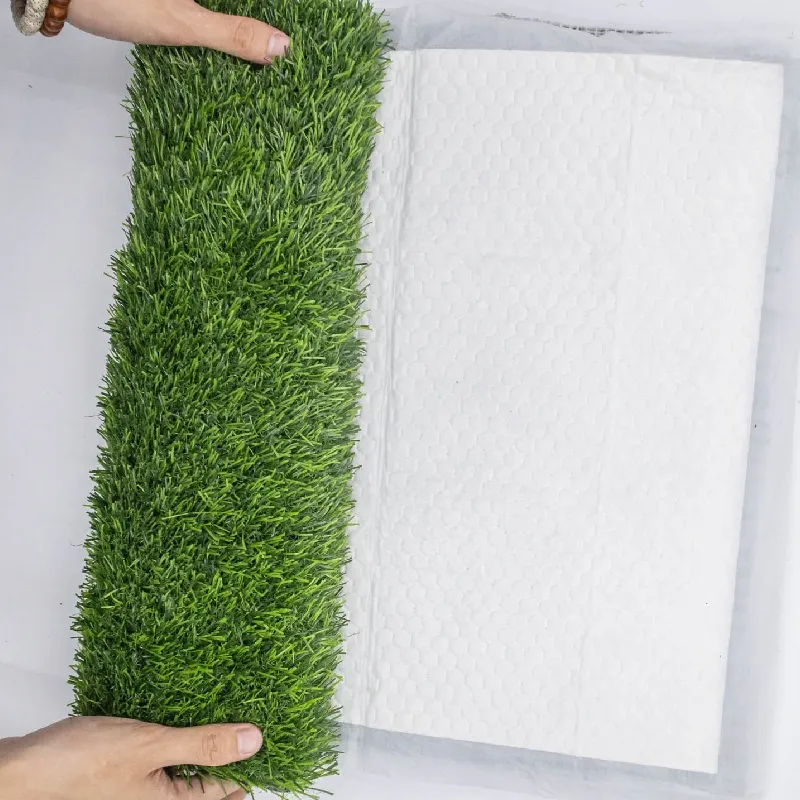
- Afrikaans
- Arabic
- Belarusian
- Bengali
- Czech
- Danish
- Dutch
- English
- Esperanto
- Estonian
- Finnish
- French
- German
- Greek
- Hindi
- Hungarian
- Icelandic
- Indonesian
- irish
- Italian
- Japanese
- kazakh
- Rwandese
- Korean
- Kyrgyz
- Lao
- Latin
- Latvian
- Malay
- Mongolian
- Myanmar
- Norwegian
- Persian
- Polish
- Portuguese
- Romanian
- Russian
- Serbian
- Spanish
- Swedish
- Tagalog
- Tajik
- Thai
- Turkish
- Turkmen
- Ukrainian
- Urdu
- Uighur
- Uzbek
- Vietnamese
cost for artificial turf football field
Dec . 05, 2024 09:58 Back to list
The Cost of Artificial Turf Football Fields
The increasing popularity of artificial turf in sports facilities, particularly football fields, has raised important discussions about its costs and benefits. As schools, colleges, and professional teams consider investments in turf, it is essential to analyze the financial implications, which can significantly influence decision-making processes.
Initial Investment
The initial cost of installing an artificial turf football field can be substantial. On average, the expense ranges from $800,000 to over $1 million, depending on the quality of the turf and the complexity of the installation process. Factors such as the size of the field, site preparation, drainage, and infill material all contribute to the overall cost. This expenditure can be daunting for many organizations, particularly smaller schools or communities with limited budgets.
Moreover, while installing a natural grass field might seem more economical at first glance, the long-term expenses associated with maintaining grass can often surpass the initial investment in artificial turf. Natural grass fields require regular irrigation, mowing, fertilization, and pest control, which cumulatively can amount to significant annual costs. In contrast, artificial turf typically requires less frequent maintenance and can endure heavy use without the same level of degradation.
Lifespan and Durability
Artificial turf fields usually have a lifespan of about 8 to 15 years, depending on the quality of the materials used and the amount of play they receive. While this lifespan may seem shorter compared to natural grass, the wear and tear on natural fields can necessitate repairs or complete resodding far more frequently. When taking the lifespan into account, many organizations find that the overall costs associated with artificial turf are competitive, particularly considering the high usage rates of sports facilities.
cost for artificial turf football field

Long-term Financial Benefits
In addition to reduced maintenance costs, artificial turf fields can provide other financial benefits. For instance, many schools and communities can generate additional revenue through renting the turf field for various events, such as tournaments, practices, and leagues. With the added durability and usability, more teams can share the facility, which optimizes its financial potential.
Furthermore, synthetic turf can extend playing seasons. Unlike natural grass, which may become muddy and unplayable in wet weather or sustain damage during harsh winter conditions, artificial turf provides a consistent playing surface year-round. This reliability can attract more users and events, thereby increasing potential income.
Environmental Considerations
It's important to acknowledge that the environmental impact of artificial turf is often debated. The production and eventual disposal of synthetic materials raise ecological concerns. However, modern technology has led to improvements in the lifespan of turf and the introduction of more sustainable materials. Additionally, while turf fields may not require water or pesticides, they potentially contribute to heat retention in urban areas and may pose challenges concerning drainage and runoff.
Conclusion
When evaluating the cost of artificial turf football fields, it is essential to consider both the initial investment and the long-term financial implications. While the upfront costs may appear high, the reduced maintenance requirements, extended lifespan, and potential to generate revenue can make artificial turf a financially viable option for many organizations. Ultimately, careful planning and consideration of all factors will enable decision-makers to assess whether artificial turf is the right investment for their sporting facilities, ensuring both current and future benefits for their communities.
-
The Benefits of Artificial Turf for Indoors
NewsJul.15,2025
-
How Artificial Grass Suppliers Ensure Quality Products
NewsJul.15,2025
-
Artificial Grass and Pets: A Space for Relaxation
NewsJul.08,2025
-
Balcony & Outdoor Decoration with Artificial Grass
NewsJul.08,2025
-
Best Indoor Artificial Grass for Home
NewsJul.07,2025
-
Best Pet Turf for Dogs: Safe & Durable Artificial Grass Options
NewsJul.07,2025
Products categories









